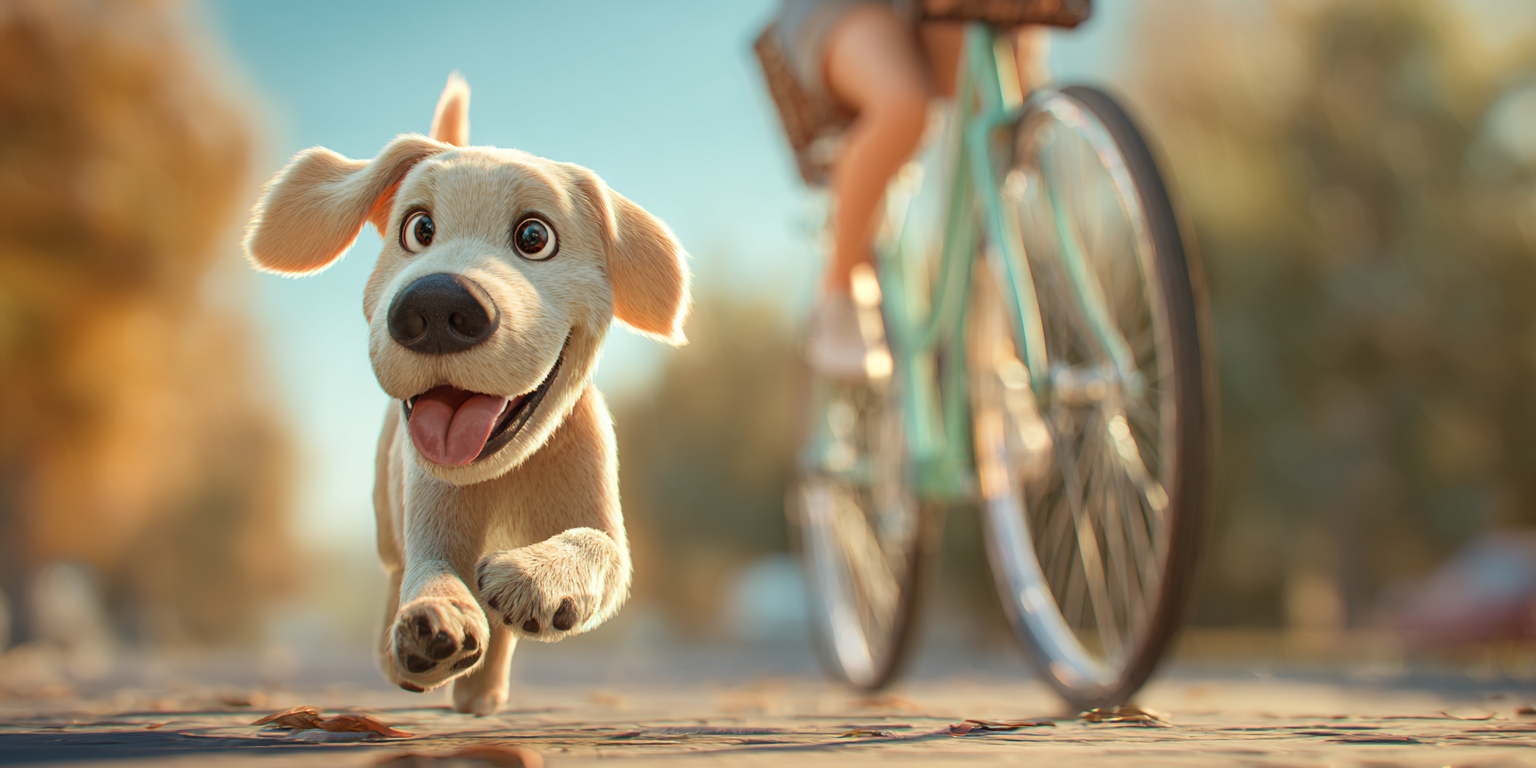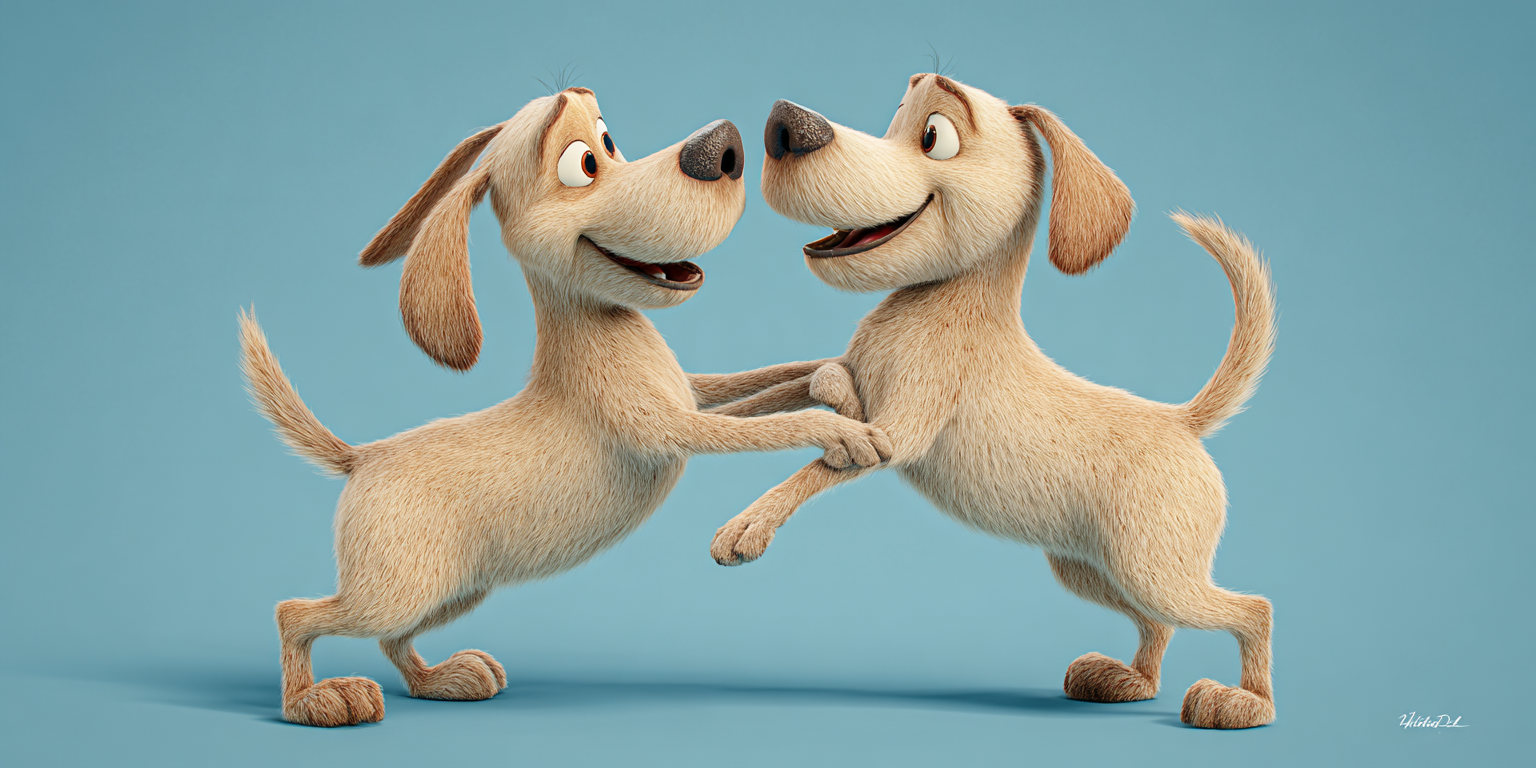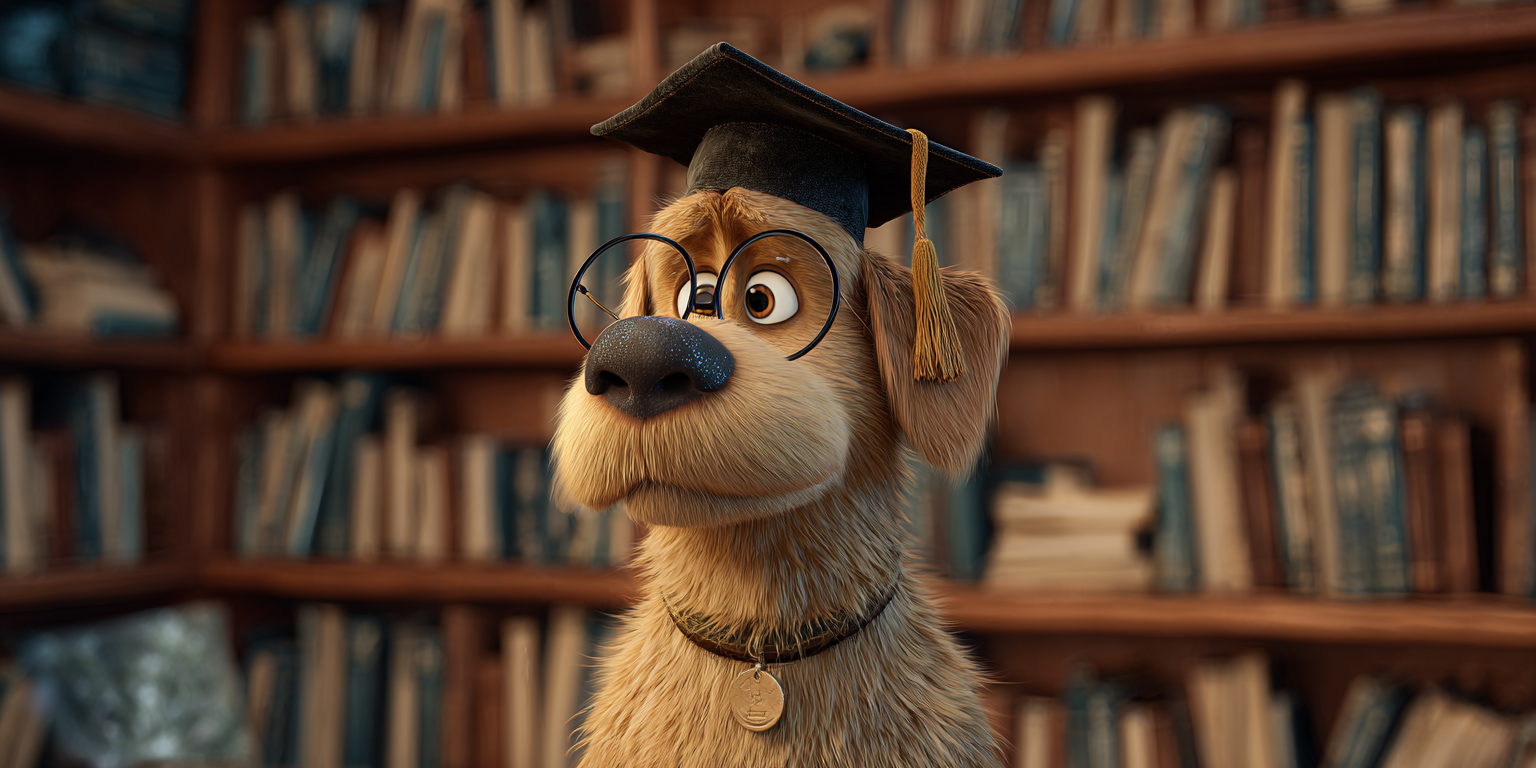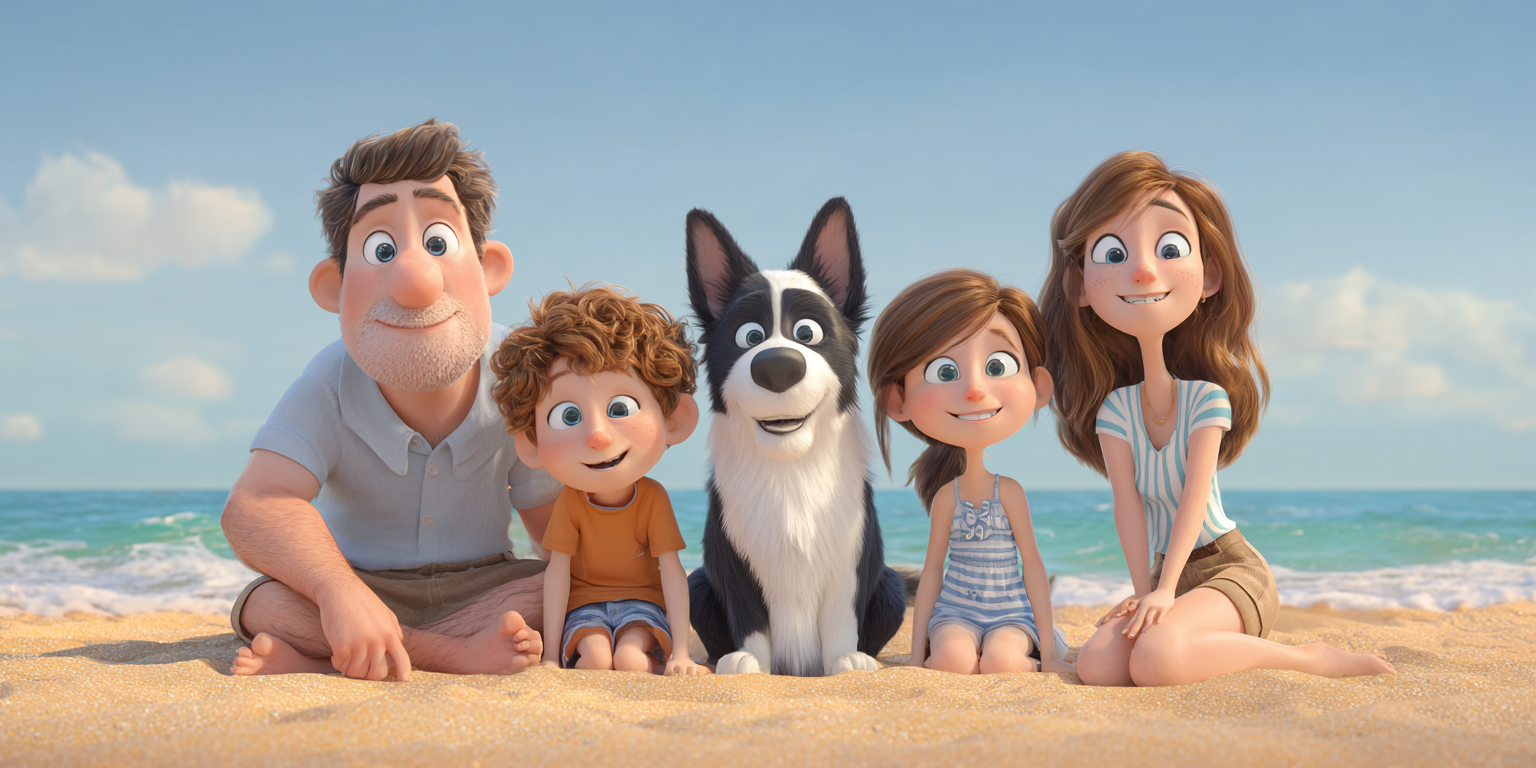How to Keep a High-Energy Dog Happy
How to Keep a High-Energy Dog Happy: A Complete Guide for Australian Dog Owners

If you share your home with a high-energy dog, you’ll know they’re bundles of enthusiasm, joy, and sometimes chaos.
Breeds such as Border Collies, Australian Shepherds, Kelpies, and working-line Labradors thrive on activity and mental stimulation. While their zest for life is part of what makes them so lovable, it can also make them challenging if their needs aren’t met.
Without the right outlets for their energy, these dogs can become bored, frustrated, and destructive.
The good news?
With the right approach, you can keep your energetic dog happy, healthy, and well-behaved.
Here’s your ultimate guide to keeping your high-energy dog’s tail wagging — and your shoes intact.
Understand What “High-Energy” Really Means
Not all active dogs are the same.
A high-energy dog isn’t just one that enjoys a daily walk — they crave extended exercise, mental challenges, and interactive play.
Some Australian dog breeds were bred for herding, hunting, or working long hours alongside humans.
For example:
- Australian Kelpie – built for herding sheep over long distances.
- Border Collie – thrives on agility, obedience, and problem-solving.
- Australian Cattle Dog – bred for endurance and stamina.
These dogs don’t just need to move — they need a job to do. Understanding their breed instincts is key to meeting their needs.
Make Daily Exercise Non-Negotiable
For a high-energy dog, a quick lap around the block won’t cut it.
They need structured, varied exercise to burn energy and stay balanced.
Recommended Exercise Levels:
- Working Breeds (e.g., Kelpie, Border Collie, Aussie Shepherd): 1.5–2 hours daily.
- Sporting Breeds (e.g., Labrador, Golden Retriever): 1–1.5 hours daily.
- Smaller Energetic Breeds (e.g., Jack Russell Terrier, Mini Schnauzer): 45–90 minutes daily.
Activity Ideas for Australian Dog Owners:
- Morning jog or bike ride: Great for burning off energy early in the day.
- Off-leash beach runs: Many Aussie beaches have designated dog-friendly zones.
- Bushwalks and hikes: Perfect for dogs who love to explore (and owners who love fresh air).
- Dog sports: Try agility, flyball, or dock diving.
💡 Tip: Split exercise into two sessions — morning and evening — to prevent afternoon boredom.
Prioritise Mental Stimulation
Physical activity alone isn’t enough — mental enrichment is just as important for preventing unwanted behaviours.
Enrichment Activities to Try:
- Puzzle toys & treat dispensers: Challenge your dog to work for their food.
- Scent work: Hide treats or toys around the yard and encourage them to sniff them out.
- Training games: Teach new commands, tricks, or agility moves.
- Interactive feeders: Slow down mealtime and make it more engaging.
Dogs that use their brains get tired faster — a 20-minute training session can be just as exhausting as a long walk.

Socialise for Emotional Wellbeing
High-energy dogs often thrive in social settings where they can interact with other dogs and people.
- Dog parks: Great for off-leash running and play (as long as your dog is friendly and well-trained).
- Playdates: Organise regular meet-ups with dogs of similar size and play style.
- Dog-friendly cafes & events: A fun way to expose your dog to new sights, sounds, and smells.
Socialisation also builds confidence, reduces anxiety, and encourages good manners.
Give Them a “Job” to Do
Many active dogs are working breeds at heart. Without a “job,” they may invent one — like rearranging your garden or chewing furniture.
Jobs for High-Energy Dogs:
- Agility training: Great for speed, coordination, and bonding.
- Herding trials: Perfect for breeds like Kelpies and Border Collies.
- Canine scent detection: Harnesses natural sniffing instincts.
- Fetch & retrieve work: Simple but effective for burning energy.
💡 Pro Tip: Even simple household “jobs” like carrying a backpack on walks or retrieving items can satisfy their work drive.
Provide a Safe Space for Downtime
While they’re active by nature, even high-energy dogs need rest and recovery. A comfortable, quiet space allows them to recharge after big days out.
- Crate or indoor bed: Offers a sense of security.
- Shaded outdoor area: For dogs who enjoy napping outside.
- Chew toys: Keep them occupied while resting.
Rest is vital for muscle recovery and mental balance — just like humans after a workout.
Avoid Common Mistakes
Many Australian dog owners unintentionally make life harder for themselves (and their dogs) by falling into these traps:
- Skipping exercise: Leads to pent-up energy and destructive behaviour.
- Relying only on the backyard: Even a big yard won’t replace structured activities.
- Underestimating mental needs: Physical tiredness alone isn’t enough for balance.
- Inconsistent training: Leads to confusion and behavioural problems.
The key is consistency — regular exercise, mental stimulation, and structure will keep your dog at their best.
Adapt for Weather and Seasons
Australia’s climate can be tough — scorching summers, wet winters, and unpredictable storms. Adjust your dog’s activities to keep them comfortable and safe.
Summer Tips:
- Exercise early morning or late evening to avoid heatstroke.
- Use shaded walking routes and always carry water.
- Try water-based activities like swimming or paddleboarding.
Winter Tips:
- Keep walks shorter if it’s wet and windy but increase indoor enrichment.
- Use puzzle feeders and indoor fetch for rainy days.

Nutrition for Active Dogs
High-energy dogs burn more calories and need the right nutritional support for performance and recovery.
- Protein: Supports muscle repair and energy levels.
- Healthy fats: Provide long-lasting energy.
- Balanced diet: Choose high-quality dog food suited to your dog’s breed, age, and activity level.
💡 Check with your vet before making any significant diet changes.
Work with a Professional if Needed
If you’re struggling to keep up with your dog’s needs, don’t be afraid to call in reinforcements.
- Professional dog trainers: Can help with obedience and focus.
- Dog walkers: Perfect for extra exercise on busy days.
- Doggy daycare: Offers socialisation and activity while you’re at work.
Investing in expert help can make a huge difference in your dog’s happiness and behaviour.
Final Thoughts
Keeping a high-energy dog happy in Australia is all about balance — meeting their physical needs, challenging their mind, and giving them a sense of purpose. While it requires time, commitment, and creativity, the rewards are endless: a healthier, happier, and more well-behaved companion.
When you invest in your dog’s wellbeing, you’re not just preventing bad behaviour — you’re building a stronger bond and creating a richer life for both of you. And that’s the real joy of sharing your life with a high-energy dog.
Quick Reference: High-Energy Dog Happiness Checklist
✅ Daily exercise (1–2 hours)
✅ Mental enrichment (puzzles, training, scent games)
✅ Social interaction with people and dogs
✅ A “job” or structured activity
✅ A safe space for downtime
✅ Adapt activities to the weather
✅ Balanced, breed-appropriate nutrition




